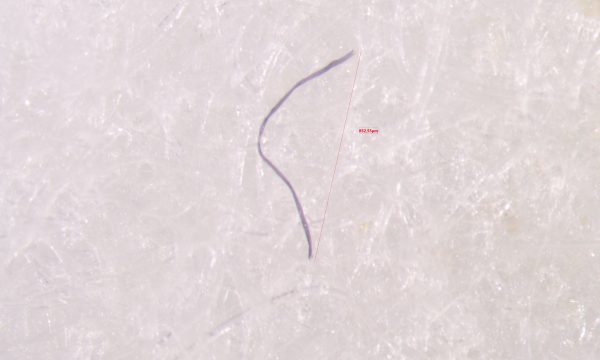News | Statement Distribution and sources of macrolitter on the seafloor of Belgian fisheries areas

Marine litter has been recognised as a global environmental concern. Vast quantities of plastic litter enter the ocean (Jambeck et al., 2015; Galgani et al., 2021). Marine litter may cause negative effects to the marine ecosystem as animals may swallow litter or get entangled, which can lead to injuries and even death of individual organisms. Litter may scour or smother the seafloor, which may impact fragile benthic habitats, reduce photosynthesis and prevent the movement of animals, gases and nutrients. Marine litter may also act as a vector for invasive species, transporting non-indigenous organisms into new areas where they can outcompete or prey upon native organisms. (OSPAR, 2017b). Within the Marine Strategy Framework Directive (MSFD), a primary aim is that composition, amount and spatial distribution of litter on the coastline, in the surface layer of the water column and on the seafloor are at levels that do not cause harm to the coastal and marine environment( 2008/56/EG; 2017/848/EU). Monitoring of seabed litter is therefore essential.
Multiple techniques are available to assess seabed litter, each with specific advantages and disadvantages. Remotely operated vehicles equipped with cameras can be applied to record seabed litter, divers may collect or film litter along predefined transects or litter can be collected with fish trawls. Macrolitter monitoring by trawling has the advantage of covering a large area. It is typically included in fisheries survey cruises, which offers the advantage that monitoring is cost efficient. However, as cruises are not dedicated to litter collection, sampling locations are selected based on importance for fish stock assessments rather than for litter assessment. Moreover, trawling is prohibited at rocky areas and canyons. A trawl does not collect all litter items on the seafloor. The catchability is linked to the net size but also to the type of fishing net, limiting comparability between areas were different fishing techniques are applied (ICES, 2021).
At the Belgian fisheries areas, marine litter sampled by trawling is already recorded since 2011, following international OSPAR and MSFD guidelines (OSPAR, 2017a; JRC, 2013). The ILVO environmental monitoring surveys at the Belgian Part of the North Sea (BPNS) and the Belgian Fisheries surveys offer a vast dataset on seafloor macrolitter which can even be enlarged with data of the United Kingdom, Germany and the Netherlands to complete the view on litter distribution at the North Sea, English Channel, Irish Sea and Celtic Sea. Within the Marine Plastics project, the aim was to compile available seafloor litter data gathered within monitoring campaigns and to assess the distribution of litter items, considering not only total litter, but also specific litter categories such as plastic, metal or rubber, or even sub-categories. Links between spatial distribution of litter items and human activities such as fisheries, dredge disposal, sand extraction and offshore wind farms (OWF) were investigated.
Read the "ILVO mededeling" nr 275: Distribution and sources of macrolitter on the seafloor of Belgian fisheries areas


